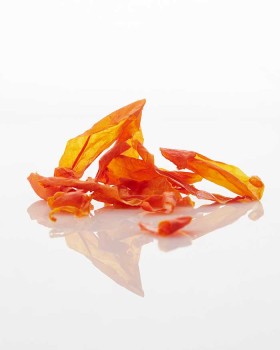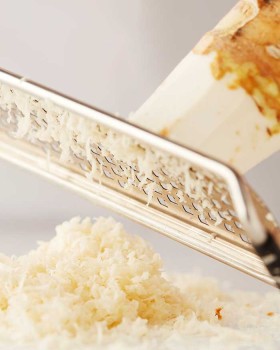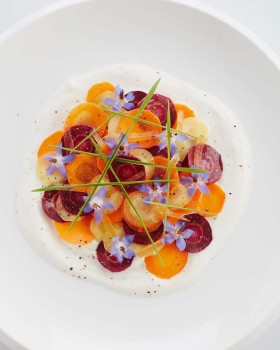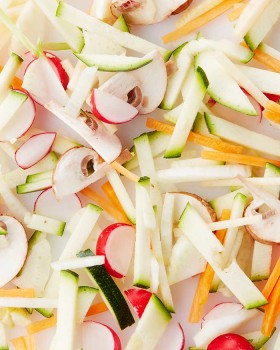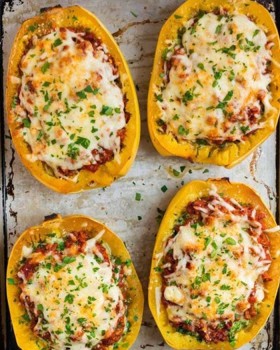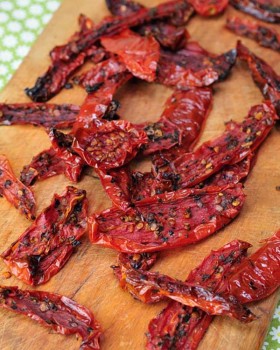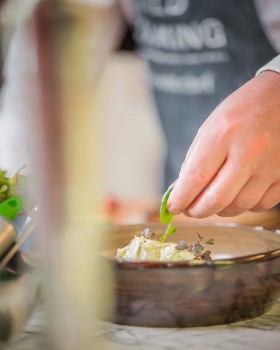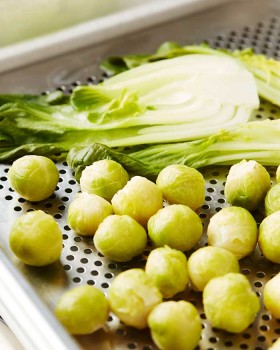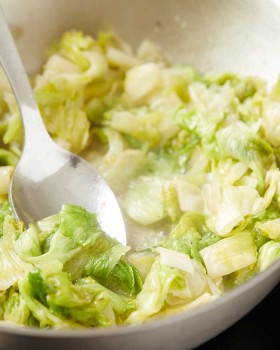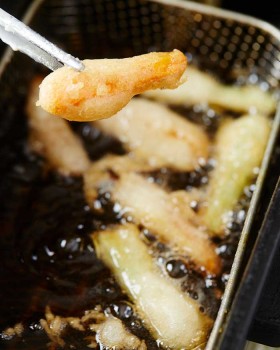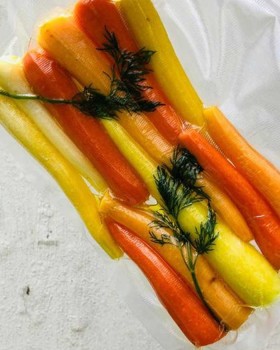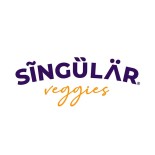
Culinary Technique - Freeze drying

Freeze-drying or lyophilisation is an industrial technique used for food preservation. The process of freeze-drying freezes the water molecules present in the dry matter and deforms them to ice crystals. The best-known example is instant coffee. However, this technique is easily applied to vegetables, fruit, herbes and even flowers as well and it has quite some advantages : taste is preserved, storage life is significantly prolonged and both weight and volume are reduced. All the more, using this technique will prevent from developing micro-organismes due to the dry atmosphere. On the downside, the structure changes completely and the application of this technique remains complex.
Freeze drying is a sophisticated drying technique. The food is first frozen at a very low temperature, between -30 and -80 °C. Pressure is lowered in the freezer, which produces a vacuum. Then the temperature is gradually increased, more or less slowly depending on the type of product being freeze-dried, and the ice becomes vapour. This ensures that all the water in the product is extracted. One obtains a dried product that is smaller and lighter, but has kept its shape, vitamins and taste. The advantage is that it takes up less room, weighs less and keeps for a long time. This technique is used in particular for certain herb or vegetable mixes for soups, as well as for various fruits. Instant coffee is a familiar example of freeze-drying.
More culinary techniques
















